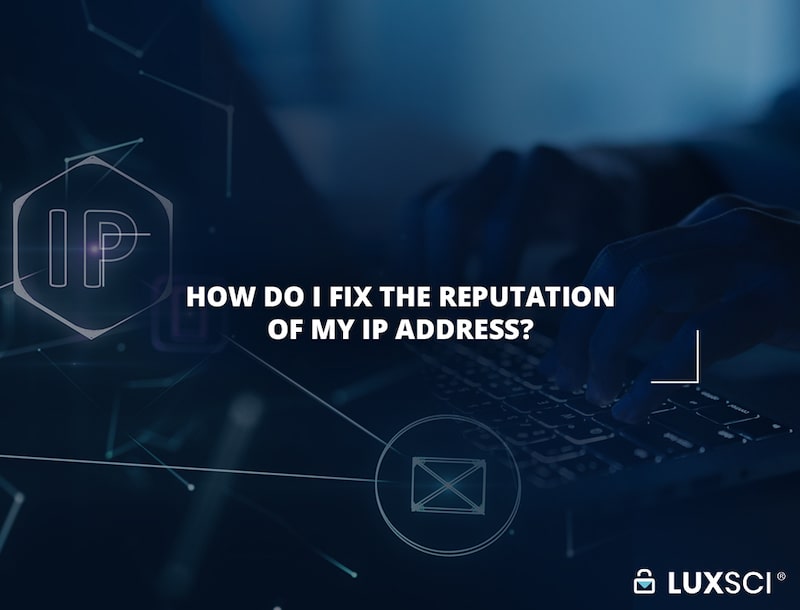The most effective patient engagement solutions make healthcare communication clear, convenient, and secure. Strong solutions create a link between clinical teams and patients through technology that supports real conversations, reliable scheduling, and accurate follow-up. By blending data security with ease of use, these systems turn daily interactions into continuous care, helping both sides stay informed and connected under the structure of HIPAA compliance.
The growth of patient engagement solutions in healthcare
Patient engagement solutions have become imperative as healthcare moves towards collaboration and prevention. Instead of relying on phone calls or mailed reminders, providers can now reach patients instantly through encrypted portals or mobile applications. These systems allow individuals to confirm appointments, receive reminders, and access their health records whenever they need to. Patients who understand their conditions and have consistent access to care details are far less likely to miss appointments or misunderstand instructions. Clinics benefit from fewer administrative delays and more accurate information, which improves care coordination across departments.
Every reliable system combines several elements including security, usability, education, and integration. The interface should be simple enough for patients of any age to navigate without assistance. Real-time scheduling and message delivery ensure that staff can respond quickly and keep patients informed. Built-in educational libraries allow organizations to distribute accurate, plain-language information without creating separate resources. Integration with electronic health records reduces duplicate data entry and ensures that every message, test result, or treatment note appears in the same system. These features, when implemented together, make engagement a natural part of daily care instead of an additional task.
Security and compliance
Digital communication in healthcare cannot exist without strong privacy controls. Encryption keeps information unreadable to outsiders, while verified identity checks confirm that only authorized users can access messages or files. The vendor’s Business Associate Agreement sets the legal framework for how data is stored, shared, and removed. Providers should ensure that their patient engagement solutions meet the technical safeguards listed in 45 CFR 164.312 and maintain proof through independent security audits. These measures reassure patients that their information is handled with discretion and reinforce the provider’s reputation for professionalism and reliability.
Fitting technology naturally into daily workflows
The most successful systems are the ones that blend quietly into a clinic’s existing routine. Staff should not have to juggle separate platforms or repeat entries in different databases. Integration allows appointment confirmations, billing updates, and patient messages to appear instantly in one dashboard. Simple automation such as digital intake forms or reminder messages can save hours of administrative time each week. When technology works with staff rather than against them, it lightens the load on clinical teams and creates a smoother experience for patients from arrival to discharge.
Communication and education to drive participation
Education lies at the heart of engagement. A patient who understands their diagnosis or treatment plan is far more likely to stay involved. Good communication tools make that education interactive rather than static. Secure messaging gives patients the confidence to ask questions at their own pace. Providers can respond with tailored advice or share learning materials that match the patient’s literacy level or condition. These exchanges create a continuous learning environment where information flows both ways, fostering accountability and reducing unnecessary clinic visits.
Using data to improve engagement outcomes
Data generated by digital communication reveals trends that would otherwise remain hidden. By reviewing message response rates, appointment attendance, and satisfaction surveys, healthcare organizations can see what truly improves patient involvement. Patterns in this information might show that certain types of reminders work better for older patients or that specific message timing encourages faster replies. Patient engagement solutions that present this data clearly help administrators refine strategies without speculation.
Engagement technology must serve the people delivering care, as well as patients. Simple dashboards and logical task views keep workloads organized. Automation handles repetitive actions such as distributing follow-up surveys or confirming prescription refills. The result is less time spent on manual tracking and fewer communication errors between departments. Clinicians can dedicate more attention to complex cases, confident that routine communication continues in the background. When staff find the platform easy to use, adoption spreads naturally, and compliance becomes effortless rather than forced.
Choosing patient engagement solutions
Selecting the right system involves balancing capability, reliability, and growth potential. A small clinic may prioritize affordability and essential communication tools, while larger networks might need analytics, multilingual interfaces, and remote monitoring. Testing through a limited rollout helps verify usability and security before full adoption. Strong vendor partnerships matter as much as technology itself; providers should expect consistent updates, accessible support, and transparent pricing. Systems that evolve alongside clinical needs avoid obsolescence and remain valuable for many years.
Effective engagement tools change the rhythm of care by making communication an ongoing process instead of a single event. Patients gain clarity and confidence in managing their health, and providers gain insight into how treatment is followed outside the clinic. Over time, this creates a culture of collaboration built on information and trust. Patient engagement solutions that combine usability, privacy, and empathy improve not only outcomes but also the daily experience of healthcare for everyone involved.











